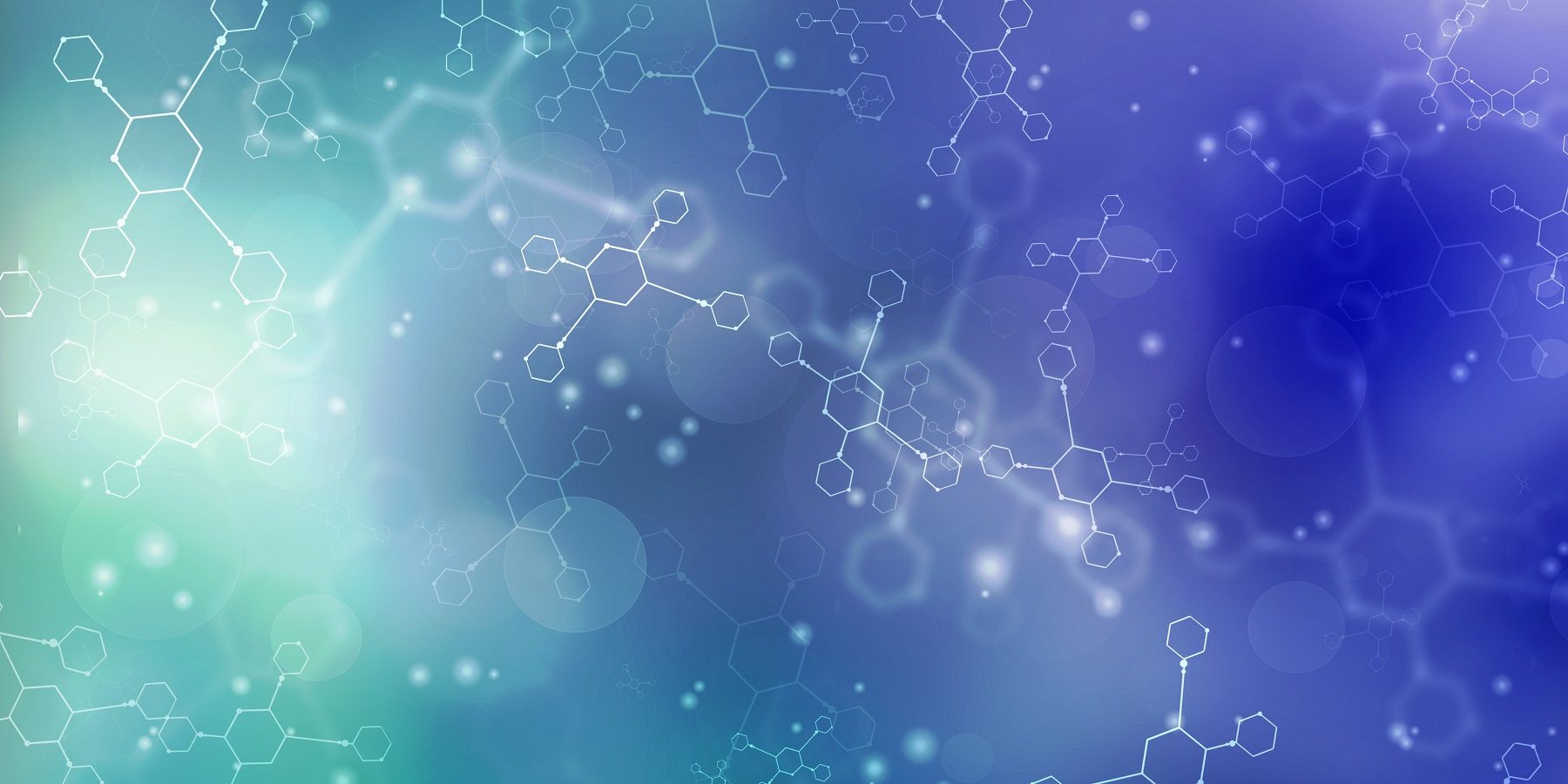Indications
Diloxanide Furoate is primarily indicated for the treatment of asymptomatic intestinal amebiasis, specifically in cases involving cyst carriers of Entamoeba histolytica. In cases of invasive or extraintestinal amebiasis, Diloxanide can be administered concurrently or sequentially with other therapeutic agents such as nitroimidazoles, including metronidazole, to enhance efficacy.
Pharmacodynamics
Diloxanide operates as a luminal amebicide, yet its exact mechanism of action remains undetermined. It is effective in eliminating the trophozoites of E. histolytica, which subsequently develop into cysts that are expelled by individuals with asymptomatic amebiasis. Diloxanide Furoate itself is a prodrug and is hydrolyzed within the gastrointestinal tract to yield diloxanide, the active moiety responsible for its therapeutic effects.
Absorption
The bioavailability of Diloxanide Furoate in its parent form is approximately 90%; however, the absorption from the gastrointestinal tract occurs gradually. This slow absorption rate is a key characteristic of its pharmacokinetic profile.
Metabolism
Following administration, Diloxanide Furoate is hydrolyzed into furoic acid and diloxanide. Subsequently, diloxanide undergoes extensive glucuronidation, with approximately 99% existing as glucuronide conjugates and only about 1% remaining as free diloxanide within the systemic circulation. This extensive metabolism is crucial in mediating its therapeutic effects.
Mechanism of Action
Diloxanide furoate functions as an effective therapeutic agent by potentially inhibiting protein synthesis. This action mechanism impedes the growth and proliferation of susceptible organisms, thereby addressing infections. Through interference with the normal protein synthesis pathway, diloxanide furoate disrupts the fundamental biological processes essential for the survival of target pathogens. This specific mode of action underscores its utility in clinical applications for the treatment and management of relevant conditions.

